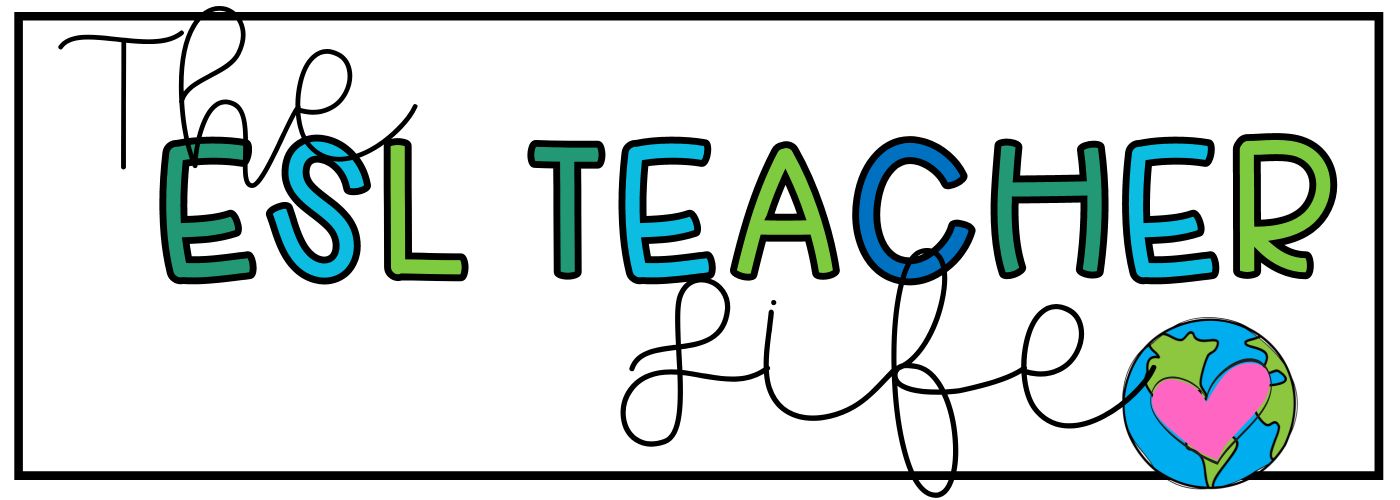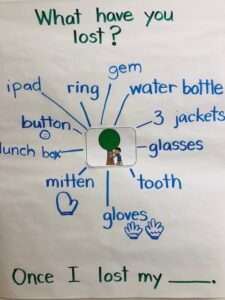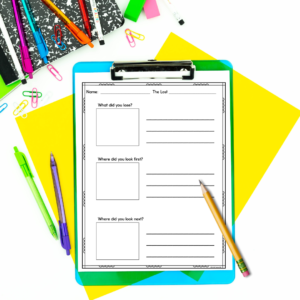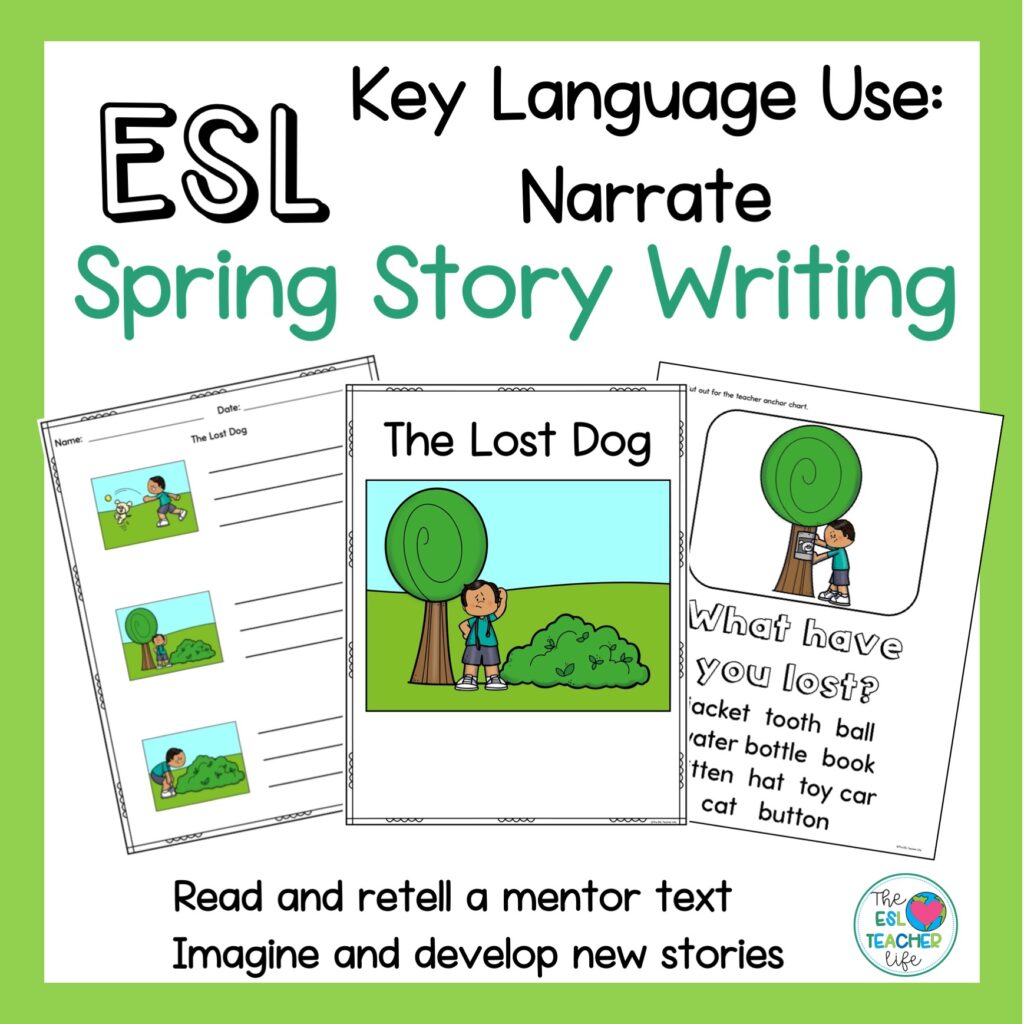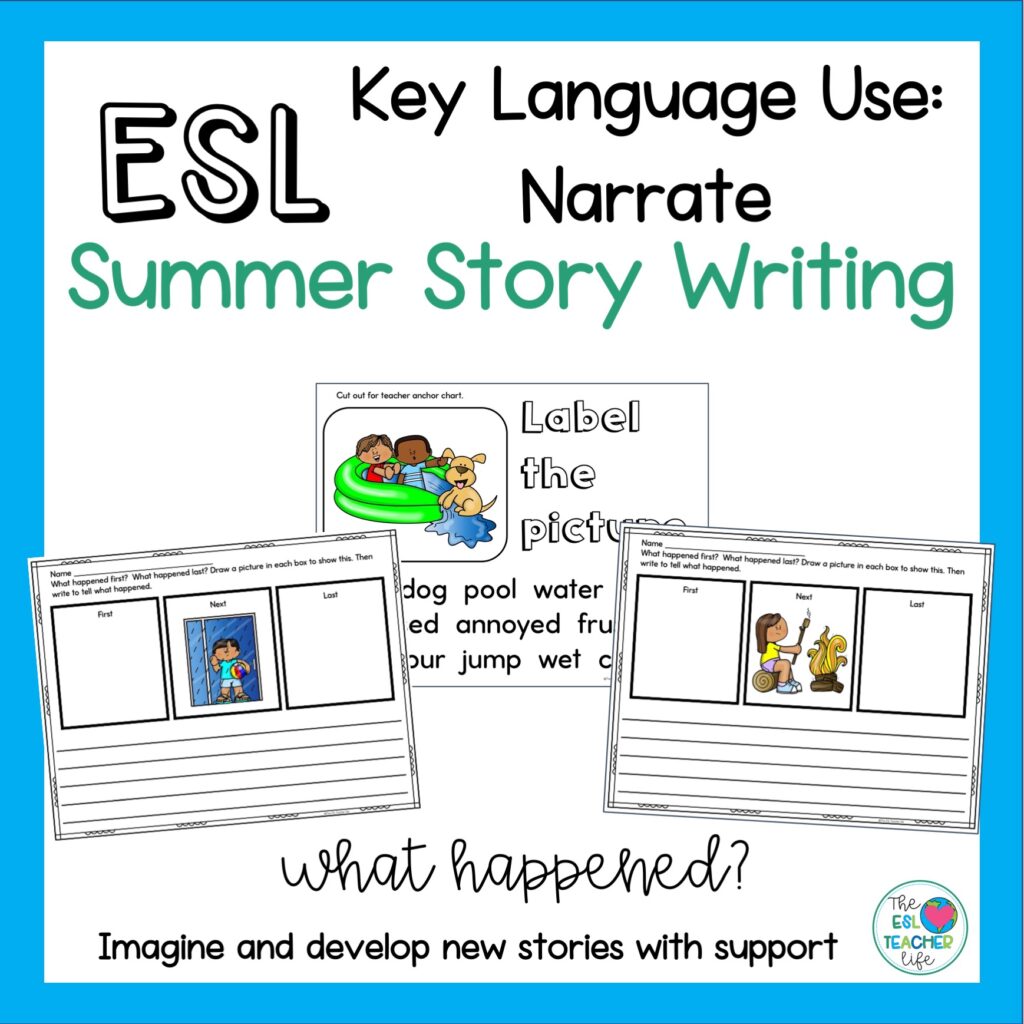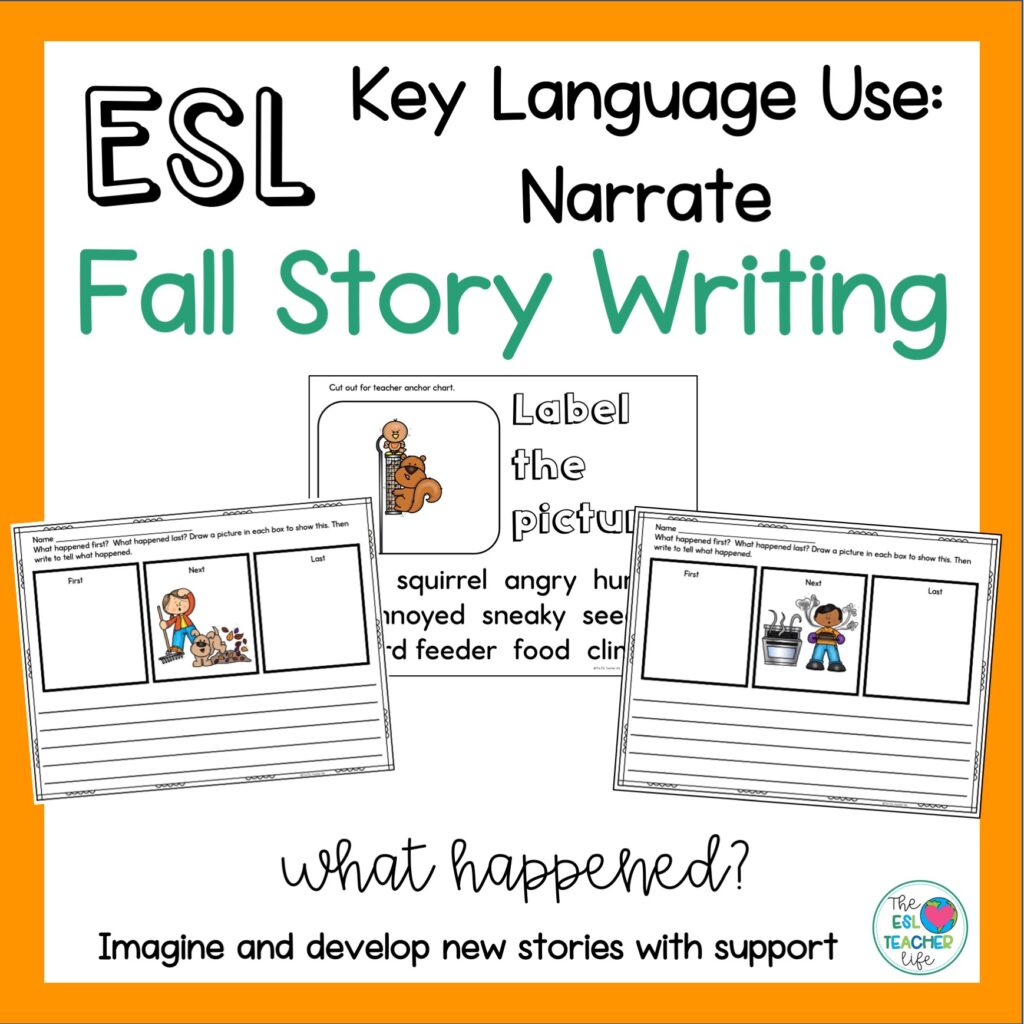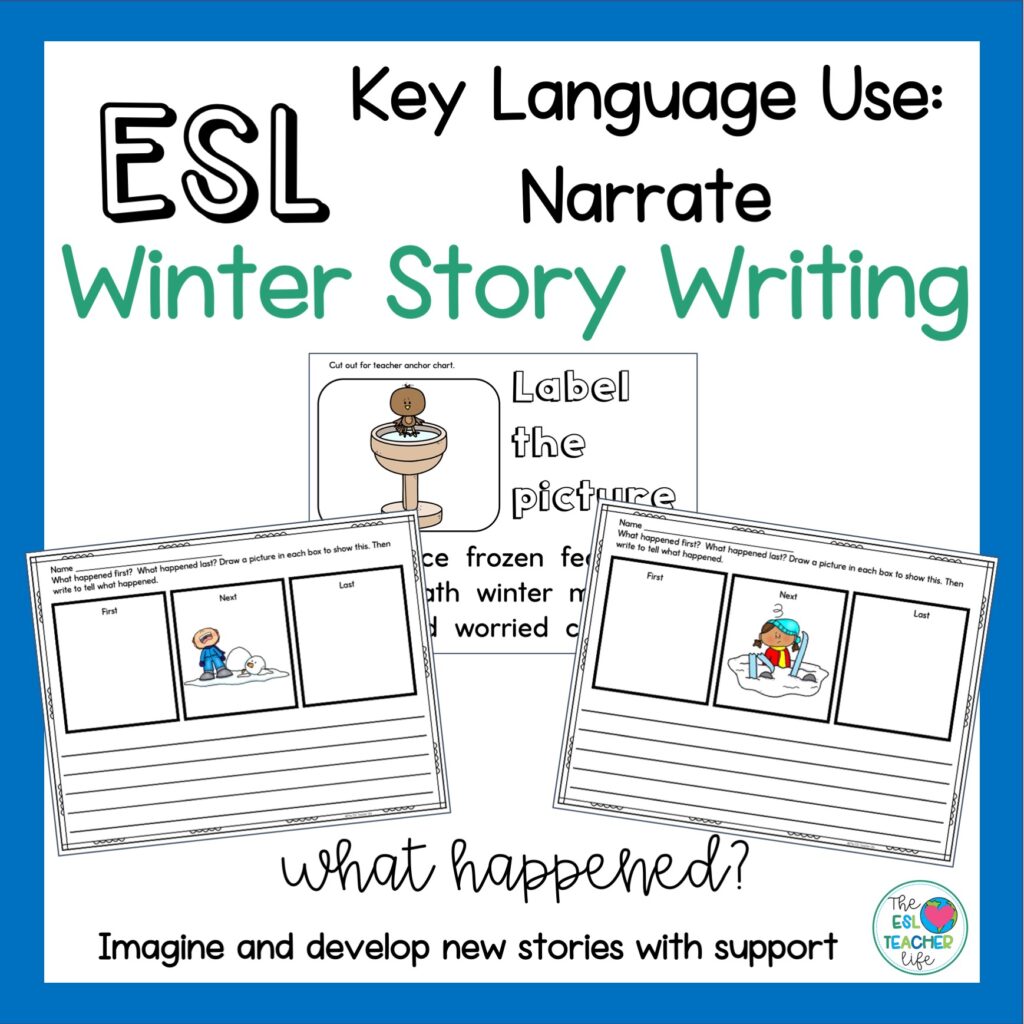Narrative writing is a powerful tool for English learners to express their creativity, imagination, and language skills. Whether recounting personal experiences, creating fictional tales, or retelling stories, narrative writing offers a platform for students to engage with language in a meaningful and expressive way. In this blog post, let’s explore a step-by-step approach to narrative writing tailored specifically for multilingual learners. From brainstorming ideas to sharing the final draft, this will guide you through each stage of the writing process, preparing you to add on with many more narrative writing experiences.
So what is the step by step guide to better narrative writing with English learners? Step 1:
The first step in narrative writing is to generate ideas for the story. You can begin with a mentor text if you have one. Brainstorm topics that interest students or draw from their own experiences. This could include memorable events, favorite stories, or imaginative scenarios. You can provide prompts or visual aids to spark creativity and help students develop their ideas. Three topics I love for beginning writers’ first personal narratives are: “A Special Day,” “A Favorite Trip,” or “The Lost ___.” The last one is one I will focus on here. I tell students’ about things I have lost, things my family members have lost, and we discuss things that are in our school lost and found too. If students seem stuck, I offer I few suggestions: a lost lunch box, jacket, water bottle or hat. Below is a picture from a recent brainstorming session with first graders.
Step 2 to Better Narrative Writing with English Learners
Once students have chosen a topic, guide them in planning the plot of their story. For this one we are starting simply with a lost object and a teacher provided outline. I tell about a time I lost my phone or my glasses (both which happen frequently enough I have fresh ideas to share!) I share places I looked and so on. The I tell them, we are going to plan our story in pictures. I do a quick sketch of my lost glasses, and the first two places I looked. Then I give them time to do the same.
Step 3 to Better Narrative Writing with ELs
With a plan in place, students can begin drafting their narrative. Emphasize the importance of writing freely without worrying about grammar or spelling errors. Encourage students to focus on storytelling, using descriptive language to bring their narrative to life. Provide support and feedback as needed, helping students with word choice as needed. We talk about what we might say if we are looking and not finding it yet. In this resource, there are guiding questions for both the teacher and the student. They are meant to be a guide and of course students can expand or change them.
Step 4 to Better Narrative Writing with ELs
After completing the draft, guide students through the process of revising and editing their work. Encourage them to reread their narrative, to see if it makes sense. Often students will realize they have left off a word or need to add on to an idea.. Help students identify areas for improvement and provide guidance on revising their writing. Emphasize the importance of editing for grammar, punctuation, and spelling errors to ensure polished final drafts.
Step 5 to Better Narrative Writing with ELs
The final step in narrative writing is sharing and reflecting on the finished piece. If time is available, it’s great to let students make their ideas into a book and spend time talking about front covers, and how to divide the words into pages. Provide opportunities for students to share their stories with classmates through readings or presentations. Encourage peer feedback and discussion, allowing students to celebrate their achievements and learn from each other’s work. Finally, facilitate a reflection process where students can evaluate their writing process, identify strengths and areas for growth, and set goals for future writing endeavors.
Ready to teach narrative writing? Remember:
Narrative writing offers English learners a creative and engaging avenue for language development and self-expression. By following a step-by-step approach to the writing process, students can develop their storytelling skills while building confidence and proficiency in English. Through brainstorming, planning, drafting, revising, and sharing, students can craft better narratives that showcase their unique voices and experiences.
